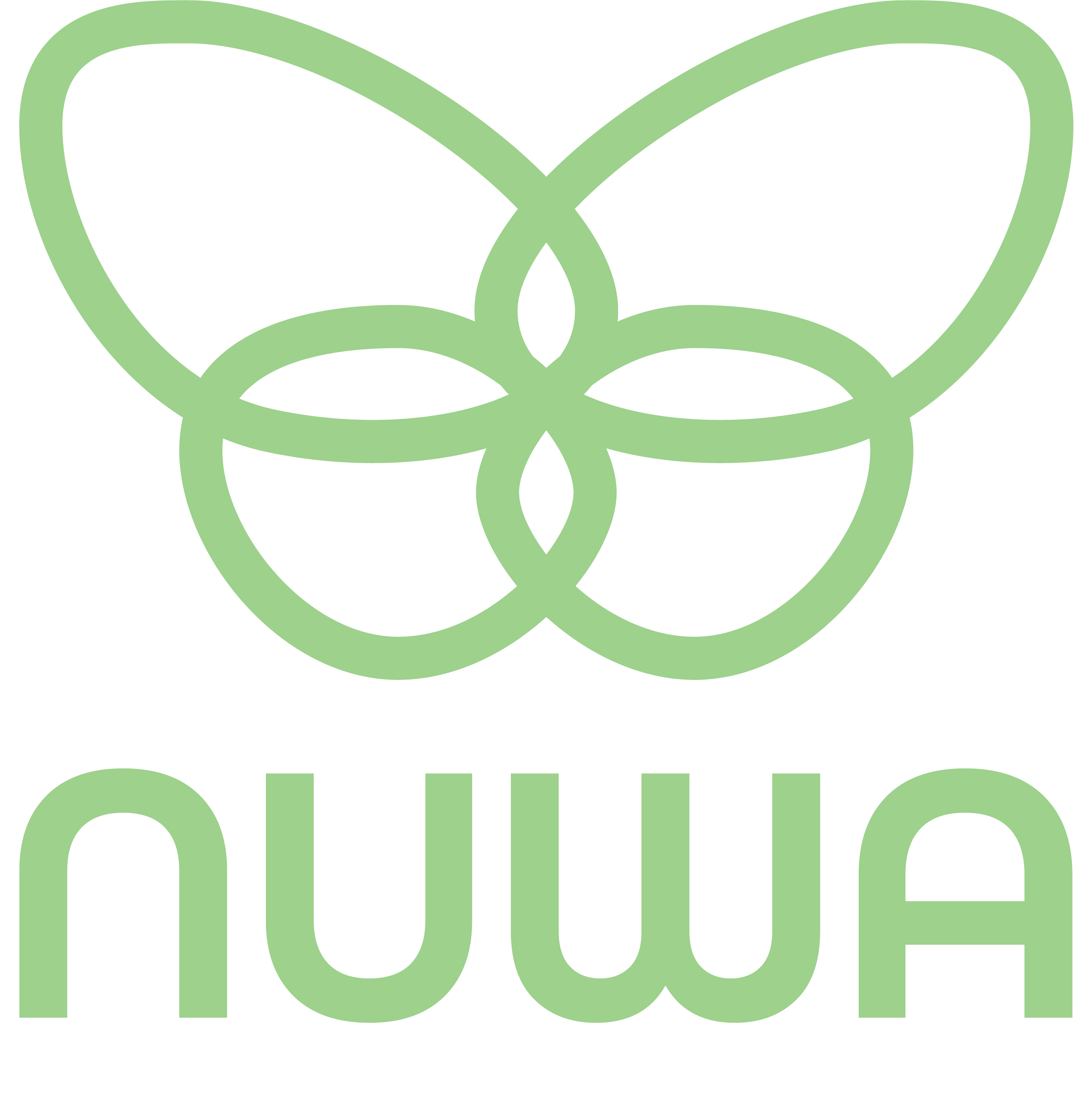In an era where digital innovation continually reshapes our daily interactions, the digital smart pen industry exemplifies the harmonious fusion of traditional handwriting with modern technology. These devices not only preserve the tactile satisfaction of writing but also enhance it with advanced digital functionalities, catering to a diverse range of users from students to professionals. This article delves into the current state of the smart pen industry, its growth trajectory, and the cognitive benefits of handwriting supported by scientific research.
Current Market Landscape
The smart pen market has experienced significant growth in recent years, driven by the increasing demand for efficient data management solutions and the integration of smart digital tools in educational and professional settings. According to a report by Cognitive Market Research, the global digital smart pen market size is projected to reach approximately USD 3.12 billion in 2024, with expectations to surge to USD 7.91 billion by 2031, reflecting a compound annual growth rate (CAGR) of 14.20% during this period.
This upward trend is corroborated by Dataintelo's analysis, which forecasts the market to expand at a CAGR of 13% from 2024 to 2032, aiming for a market size of USD 1.71 billion by 2032. The convergence of these projections underscores a robust and growing market, propelled by technological advancements and the escalating adoption of digital learning tools.
Regional Insights
Geographically, North America dominates the smart pen market, accounting for over 40% of global revenue, with a market size of USD 1.25 billion in 2024. The region's growth is anticipated to continue at a CAGR of 12.4% from 2024 to 2031. Europe follows with a market share exceeding 30%, while the Asia Pacific region is expected to experience the fastest growth, with a CAGR of 16.2% during the same forecast period.
Technological Innovations and Market Drivers
The digital smart pen industry thrives on continuous technological innovations aimed at enhancing user experience. Recent developments include:
-
AI algorithms are being incorporated to improve handwriting recognition and predictive text functionalities, thereby enhancing the accuracy and efficiency of smart pens.
-
Modern smart pens offer seamless integration with various devices and platforms through Bluetooth and Wi-Fi, facilitating real-time data synchronization and sharing.
-
Companies are focusing on eco-friendly materials and energy-efficient technologies in smart pen manufacturing, aligning with global sustainability trends.
These advancements, coupled with the growing emphasis on digitalization in education and business sectors, are significant drivers of market growth.
Cognitive Benefits of Handwriting
Beyond technological advancements, the enduring relevance of handwriting plays a crucial role in the smart pen industry's growth. Scientific studies have highlighted the cognitive benefits associated with handwriting:
-
Enhanced Learning and Memory: Research published in Frontiers in Psychology indicates that handwriting activates extensive brain regions involved in learning and memory, leading to better information retention compared to typing.
-
Improved Reading Skills: Handwriting practice has been shown to boost recognition of visual graphs and aid in learning to read more effectively than other learning experiences.
-
Brain Connectivity: Studies have found that handwriting results in more complex brain connectivity patterns, which are beneficial for memory formation and encoding new information.
These findings underscore the importance of handwriting in cognitive development and learning processes, reinforcing the value proposition of smart pens that combine traditional writing with digital capabilities.
Future Outlook
The digital smart pen industry is poised for sustained growth, driven by:
-
Educational Sector Adoption: The increasing incorporation of digital tools in classrooms presents significant opportunities for smart pen adoption, enhancing interactive learning experiences.
-
Corporate Utilization: Businesses are leveraging smart pens for efficient data management, note-taking, and seamless integration with digital workflows, contributing to productivity gains.
-
Demand for Hybrid Solutions: The preference for devices that bridge the gap between analog and digital experiences continues to rise, positioning smart pens as essential tools for various user demographics.
The smart pen industry stands at the intersection of tradition and innovation, offering solutions that cater to the evolving needs of modern users while preserving the cognitive benefits of handwriting. With a promising growth trajectory supported by technological advancements and a deepening understanding of handwriting's role in learning, the industry is well-positioned to expand its impact across educational, professional, and personal domains.




Leave a comment
This site is protected by hCaptcha and the hCaptcha Privacy Policy and Terms of Service apply.